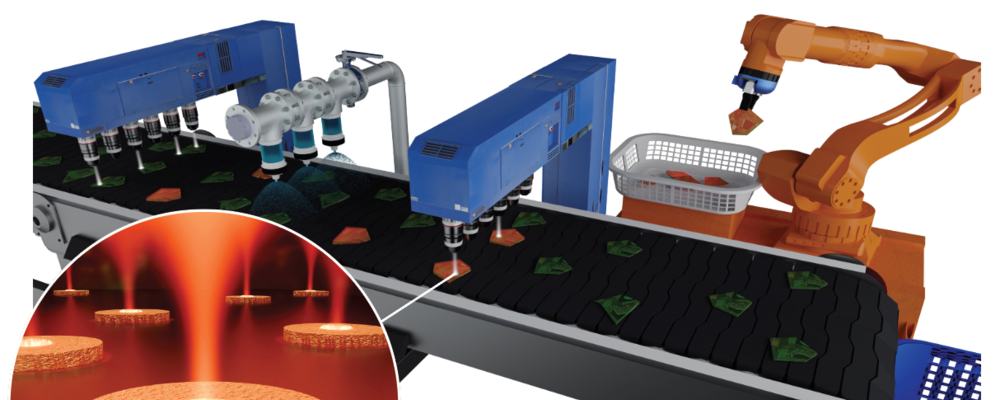Alexandre Dmitriev. professor in Physics, has collaborated with colleagues in Gothenburg and London on the project.
Hi Alexandre! Could you tell us a bit about the project?
Alexandre Dmitriev: "The project develops nanosized sensor tags that can identify materials. The scan is done by simply shining white light on a tag and collecting the reflected light. We deposit them from water solution (like a jet-printing) on any surface (the sensor tag size can be anything from micrometers to few cm, depending on how precisely we want to scan the identified surface), and with the help of machine learning (in close collaboration with Giovanni Volpe’s group at GU Physics and Giorgio Volpe at University College London, UK) identify what surface was that. This works on metals, plastics, paper, wood, glass etc. Prime application is to identify various materials for recycling. Most interesting is the electronics waste - exponentially growing waste that contains huge amount of precious and rare materials (most valuable are metals, but also semiconductors will be more and more important)."
What makes this project important?
"Absolutely crucial for the green circular economy and combatting the climate change is to recover all critical materials that are used in producing goods and to bring them back into production. So knowing which materials are which, and being able to sort them properly, especially when they are used in such extremely complex things like electronic printed boards, ensures that we will not run out of materials - specifically metals - on Earth and that the future is sustainable."
What does it mean for you to make the IVA 100-list?
It is really exciting to be on IVA’s 100-list. It gives us the exposure to potential industrial collaborations and our future customers to bring this tech to a wide-spread global use as soon as possible. And we want to do it as quickly as possible since solving the efficient and ultimately precise materials identification and sorting for recycling could have monumental consequences on how we use materials when making goods. As a matter of fact, I’ve already been contacted by a potential collaborator in the recycling industry!"
